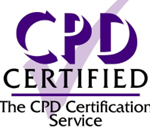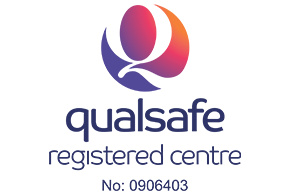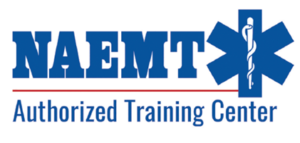Tactical Combat Casualty Care (TCCC)
£230.00
Description
At the Iqarus Immersive Training Centre, we offer a comprehensive range of Tactical Combat Casualty Care (TCCC) courses, introducing evidence-based, life-saving techniques and strategies for providing the best trauma care on the battlefield.
Our TCCC courses include:
TCCC ASM (All Service Members): This one-day entry-level course is designed for individuals with no medical experience. It provides standardised best practices in care under fire, equipping participants with essential lifesaving skills.
TCCC CLS (Combat Life Saver): An intermediate five-day course, TCCC CLS offers more advanced treatment skills, covering care under fire to tactical field care. Participants will gain practical knowledge for more effective battlefield medical support.
TCCC CMC (Combat Medic / Corpsman): An eight-day advanced course tailored for deployed operational medics. TCCC CMC provides additional skills and knowledge necessary to manage casualties through the entire chain of evacuation, from point-of-injury to higher levels of care.
Our TCCC courses are delivered in accordance with the policies and protocols set by the US Defense Health Agency (DHA) Joint Trauma System (JTS). This ensures that participants learn evidence-based, life-saving techniques for providing the best trauma care on the battlefield.
Drawing from real-world experiences, our courses incorporate insights and practical experience from our current deployed operations.
From lifesaving care under fire to casualty management during evacuation, our TCCC courses cover it all, ensuring that participants are fully prepared for any battlefield medical scenario.
COURSE DURATION
- 1-day entry level
- 5-day intermediate
- 8-day advanced
QUALIFICATION
CPD hours, externally accredited by the UK CPD certification service.
Related products
-
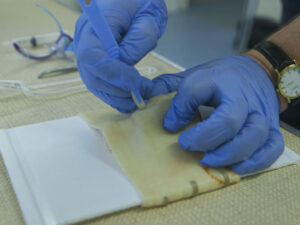
CPD Study Day – Wound Assessment and Management (Inclusive of suturing)
Select options This product has multiple variants. The options may be chosen on the product page -
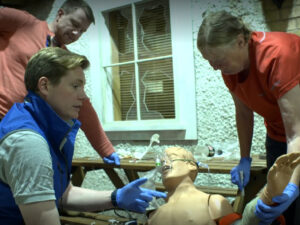
CPD Study Day – Advanced Trauma Assessment and Management
Select options This product has multiple variants. The options may be chosen on the product page -
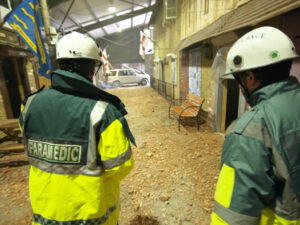
Level 4 Certificate in First Response Emergency Care (RQF)
Read more



